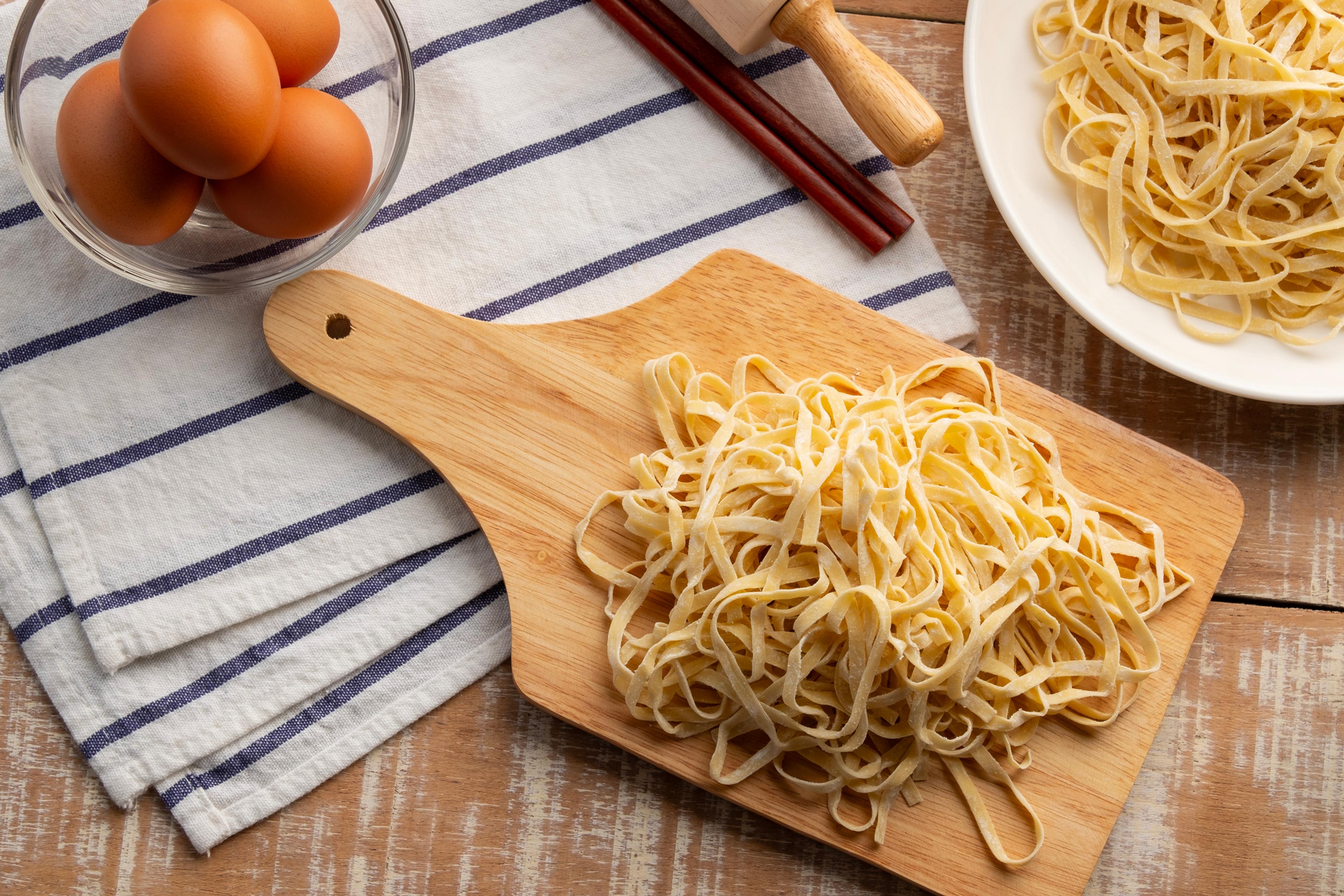10 Spice Substitutes to Use in a Pinch
Jake Newby
| 4 min read

It’s frustrating to be elbow-deep in a recipe and realize you don’t have the spice you need to complete it. But sometimes, the solution is still in your spice cabinet.
Adding spices to your meals is a simple way to add flavor and aroma without extra calories, sodium or sugar. They can also reduce the need for heavy sauces or excess salt, making your cooking both healthier and more flavorful. A healthy, balanced diet plays a major role in preventing chronic conditions and helps keep you out of an expensive health care system.
Some spice combinations can at least come close to replicating the flavor of the spice you are missing. Here are 10 popular spices and their corresponding replacements.
Oregano substitute
Whether fresh or dried, oregano is staple in many Italian dishes. Marjoram is a bit milder and sweeter than oregano but can be used as an oregano substitute if you have some. Thyme has a similarly earthy flavor profile as oregano and can also be used as a swap. You can consider combining marjoram, thyme and basil to make up the ratio you need for your recipe. These options substitute well in the texture department, as well. If you have some, use Italian seasoning spice, which traditionally contains oregano.
Cayenne pepper substitute
If you run out of cayenne pepper but still crave the bite it provides, get creative by making a small mixture of crushed red pepper flakes with paprika in the ratio needed. This combo works even better if you have hot paprika handy.
Paprika substitute
Speaking of hot paprika, hot sweet can be used to replace standard paprika if you’re out. But if you have nothing with the word “paprika” on it in your cabinet, ancho chili powder can stand in if you’re looking for something on the sweeter side. For a slightly hotter, sharper flavor, go with chili powder.
Basil substitute
Oregano is similarly earthy and bitter to basil and has a similar texture, too, whether dry or fresh, making it a good replacement candidate. If you are going dry, use half the amount of fresh basil your recipe calls for it. If fresh, use the equal amount.
You can also use thyme, which complements tomato and pasta dishes well. Depending on your dish, tarragon can also be used, especially in combination with thyme and/or oregano. Beware of its slightly sweet, licorice-type flavor by using a little less than the amount of basil your recipe requires.
Thyme substitute
Just as a marjoram and/or thyme can be used to replace oregano, use oregano and/or marjoram to replace thyme if it’s that earthy, herbal flavor you’re after while making a savory recipe. You may want to use slightly more marjoram than the ratio of thyme your recipe calls for if you are doing a straight up swap, as marjoram has a milder flavor.
Garlic powder substitute
If you don’t have anything in the garlic family – including fresh garlic, garlic salt and minced garlic in a jar – onion powder can add some depth to your dish. Use the same ratio your recipe calls for.
Chili powder substitute
A substitute for chili powder is a mixture paprika and cayenne pepper. Some chili powder mixes in the store may include cumin, often included in Mexican recipes and can be a strong, sometimes overpowering ingredient. With that in mind, make sure paprika is the dominant spice in your three-spice combo when substituting chili powder.
For one tablespoon of chili powder, combine one tablespoon of paprika with ¼ to ½ teaspoon of cayenne pepper and an optional few dashes of cumin.
Onion powder substitute
If you don’t have fresh, dried or minced onion – or any onion-based salts or spices – garlic powder can do the trick. Shallots and leeks aren’t as popular as onions, but if you happen to have either of them handy – or shallot or leek powder in your spice cabinet – these are naturally strong replacements for onion powder.
Allspice substitute
A homemade combo of three spices can be used as a substitute for allspice if you are all out. Try mixing cinnamon, ground cloves and ground nutmeg, using cinnamon as the dominant ingredient. One teaspoon of cinnamon and a half teaspoon of both cloves and nutmeg should mimic allspice’s somewhat complex flavor profile. Use two of the three if you are out of any of these ingredients.
Keep reading:
- How Portion Size is Affecting Your Health
- Here's What I Do to Become Less Dependent on My Phone
- 15 of the Best Haunted Houses in Michigan
Photo credit: Getty Images





